Engineering Signals and Systems in Continuous and Discrete Time Pdf
Best Book for Signals and System for Gate | Signals and System Books PDF Free Download for ECE
Signals and System Books PDF Free Download: Download For Electrical Engineering, Electronics, and Communication Engineering students and graduates, we've assembled a selection of the Best & Standard Reference Books on Signals and System. Many students and alumni from renowned universities, institutes, and colleges use these books.
best books Signals and System, best books for Signals and System book pdf, Signals and System book pdf, Signals and System book pdf download, Signals and System book pdf, Signals and System book pdf signals and systems book by bakshi signals and systems book by bp lathi pdf signals and systems book by ganesh rao signals and systems book by ramesh babu signals and systems book by ramesh babu pdf free download signals and systems book by sanjay sharma pdf download Signals and System Books PDF Free Download
Signals and System Books PDF Free Download:
Module I:
Signals and systems as seen in everyday life, and in various branches of engineering and science. Energy and power signals, continuous and discrete time signals, continuous and discrete amplitude signals.
System properties: linearity: additivity and homogeneity, shift-invariance, causality, stability, realizability.
Module II:
Linear shift-invariant (LSI) systems, impulse response and step response, convolution, input-output behaviour with aperiodic convergent inputs. Characterization of causality and stability of linear shift invariant systems. System representation through differential equations.
Module III:
Periodic and semi-periodic inputs to an LSI system, the notion of a frequency response and its relation to the impulse response, Fourier series representation, the Fourier Transform, convolution/multiplication and their effect in the frequency domain, magnitude and phase response, Fourier domain duality. The Discrete-Time Fourier Transform (DTFT) and the Discrete Fourier Transform (DFT). Parseval's Theorem. The idea of signal space and orthogonal bases.
Module IV:
Evolution of Transforms: Fourier Transform, Laplace Transform , Z-transform (single sided and Double sided) The Laplace Transform, notion of eigen functions of LSI systems, a basis of eigen functions, region of convergence, poles and zeros of system, , solution to differential equations and system behaviour using Laplace Transformation The z-Transform for discrete time signals and systems- eigen functions, region of convergence, z-domain analysis.
Module V:
The Sampling Theorem and its implications- Spectra of sampled signals. Reconstruction: ideal interpolator, zero-order hold, first-order hold, and so on. Aliasing and its effects. Relation between continuous and discrete time systems.
| Book Name | Author's Name |
|---|---|
| Signals and Systems | A.V. Oppenheim, A.S. Willsky and I.T. Young |
| Signals and Systems – Continuous and Discrete", 4th edition | R.F. Ziemer, W.H. Tranter and D.R. Fannin |
| Signal Processing and Linear Systems | B.P. Lathi |
| Signals and Systems | Simon Haykin, Barry van Veen |
| Signals and Systems Using MATLAB | Luis F. Chaparro |
| Analog and Digital Signal Processing | Ashok Ambardar |
| Signals, Systems, Transforms, and Digital Signal Processing with MATLAB | Michael Corinthios |
About Book:
Consisting of eleven chapters, the book has a comprehensive and systematic exposition on the basic theory and method of signal and system analysis. In each chapter,for the students' convenience, there are, put seperately into four subjects of three levels, plenty of examples and exercises that were carefully selected.
About Book:
this book continues to offer complete, separate treatment survey of continuous and discrete linear systems. It utilizes a systems approach to solving practical engineering problems, rather than using the framework of traditional circuit theory. Numerous examples from circuit theory appear throughout, however, to illustrate the various systems techniques introduced. TheFourth Edition has been thoroughly updated to effectively integrate the use of computers and to accurately reflect the latest theoretical advances.
About Book:
The author represents the physical appreciation of concepts rather than the mere mathematical manipulation of symbols in this worldwide version of the first edition, Principles of Signal Processing and Linear Systems. Instead of viewing engineering as a branch of applied mathematics, the literature employs mathematics to improve physical and intuitive knowledge of topics, rather than to prove an axiomatic theory. Theoretical results are backed up by well chosen examples and analogies whenever possible, allowing students to naturally discover meaning for themselves.
This text presents a comprehensive treatment of signal processing and linear systems suitable for students of electrical engineering. It is based on Lathi's widely used book, Principles of Linear Systems and Signals, with additional applications to communications, controls, and filtering as well as new chapters on analog and digital filters and digital signal processing. This volume's organization is different from the earlier book. Here, the Laplace transform follows Fourier, rather than the reverse; continuous-time and discrete-time systems are treated sequentially, rather than interwoven. Additionally, the text contains enough material in discrete-time systems to be used not only for a traditional course in signals and systems but also for an introductory course in digital signal processing.
About Book:
This new textbook in signals and systems provides a pedagogically rich approach to what can commonly be a mathematically dry subject. With features like historical notes, highlighted common mistakes, and applications in controls, communications, and signal processing, Chaparro helps students appreciate the usefulness of the techniques described in the book. Each chapter contains a section with MatLab applications.
- Pedagogically rich introduction to signals and systems using historical notes, pointing out "common mistakes", and relating concepts to realistic examples throughout to motivate learning the material
- Introduces both continuous and discrete systems early, then studies each (separately) in more depth later
- Extensive set of worked examples and homework assignments, with applications to controls, communications, and signal processing throughout
- Provides review of all the background math necessary to study the subject
- MatLab applications in every chapter
Source: https://studywithgenius.in/signals-and-system-books-pdf-free-download/

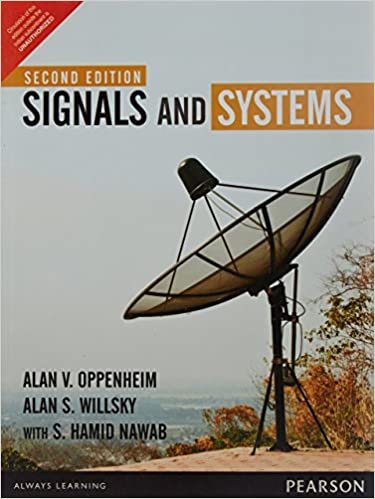
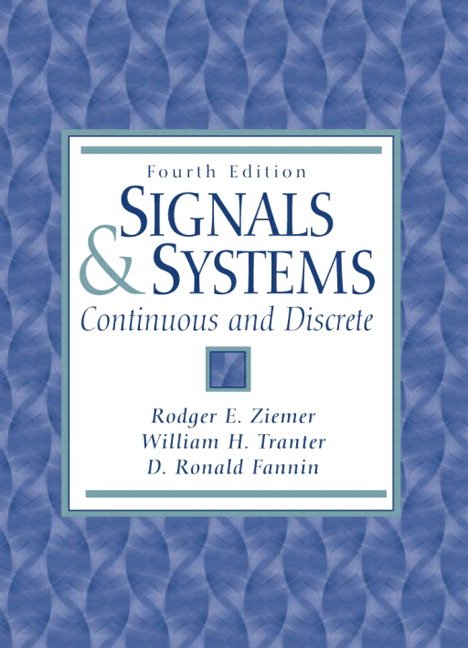
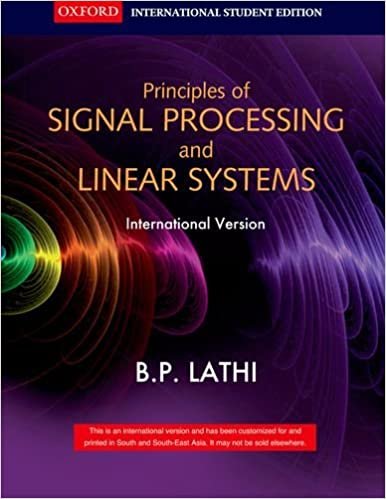


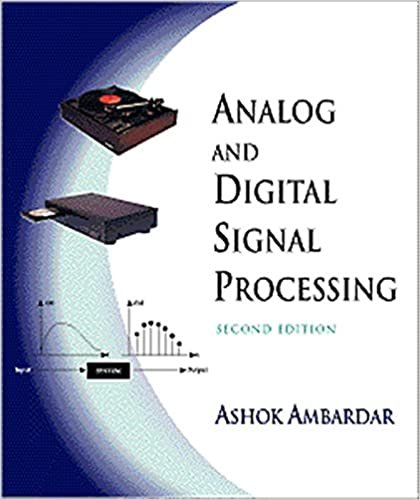
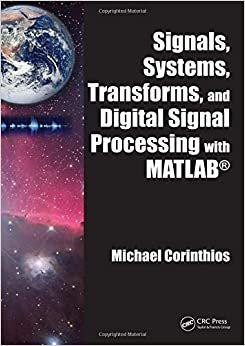


0 Response to "Engineering Signals and Systems in Continuous and Discrete Time Pdf"
Post a Comment